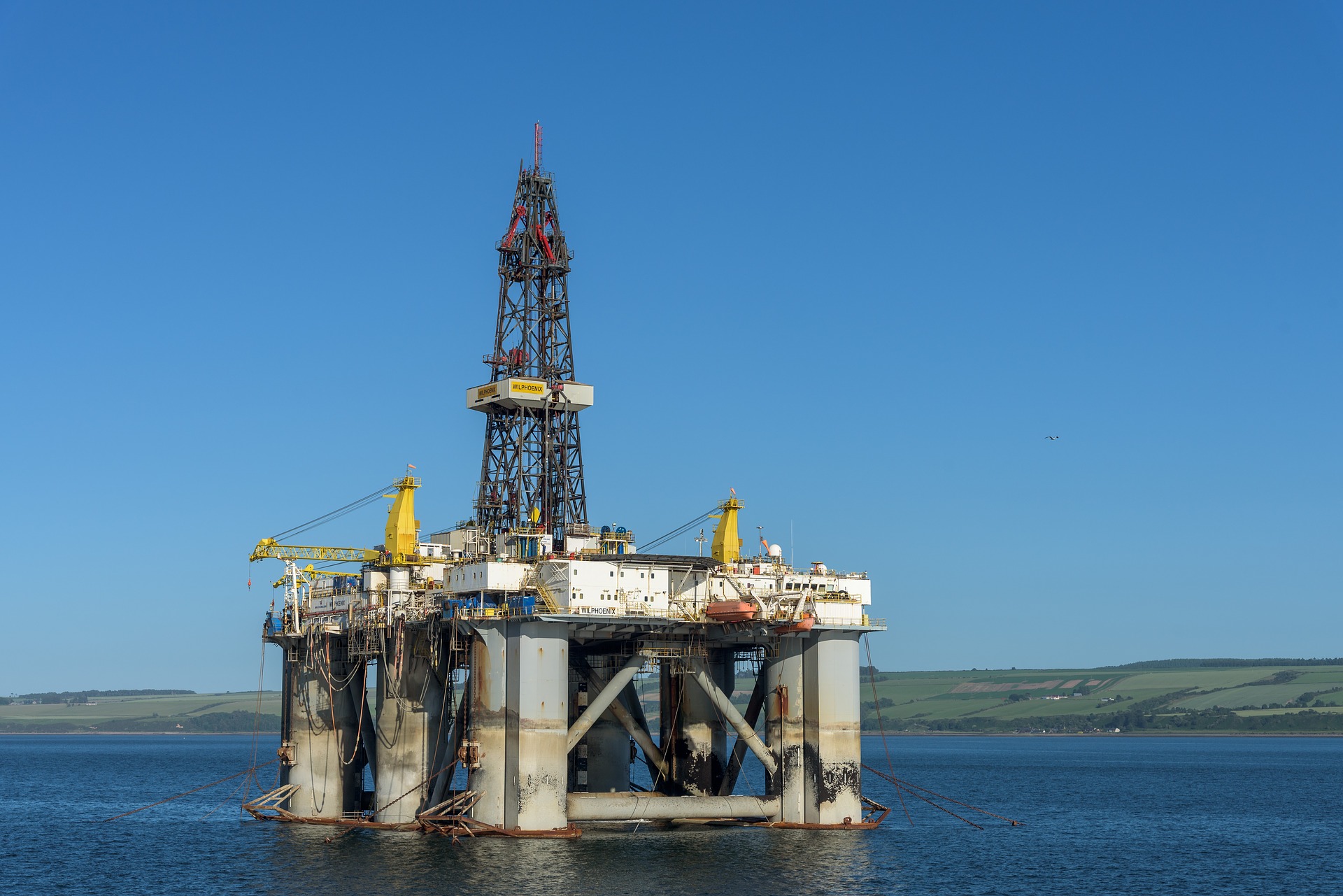 Advancements in Turbomachinery Sealing Technology: Preventing Leakage and Enhancing Efficiency
Advancements in Turbomachinery Sealing Technology: Preventing Leakage and Enhancing Efficiency
Did you know that energy loss due to leakage in turbomachinery can be as high as 5%? This inefficiency not only hurts your bottom line, but also has environmental consequences. Luckily, huge advancements in turbomachinery sealing tech are fighting this. Let's dive into how these innovative solutions boost performance and cut down on waste.
Turbomachinery includes equipment like pumps, turbines, and compressors. Seals play a vital role within this machinery. They stop fluids from leaking out, keeping things running smoothly. However, turbomachines often face extreme conditions. This makes sealing a tricky task. We will explore the latest tech for better seals that solve these problems.
Understanding the Fundamentals of Turbomachinery Sealing
Turbomachinery sealing keeps fluids where they should be. It works by creating tight barriers within the equipment. Key terms help us understand how well a seal works. Clearance is the space between moving parts. Leakage rate measures how much fluid escapes. Sealing pressure is the force that keeps the seal tight. All of these are important for effective sealing.
Types of Seals Used in Turbomachinery
Many kinds of seals handle different jobs. Here are some common ones:
Labyrinth Seals: These have a maze-like design. They force fluid to flow through a twisting path. This reduces pressure and limits leaks. These seals are good for high speeds and temps, but don't seal perfectly.
Brush Seals: Lots of bristles make up these seals. The bristles press against a rotating shaft. They form a tight barrier. Brush seals handle misalignment well. They also lower leakage more than labyrinth seals. They can wear out quicker though.
Mechanical (Contacting) Seals: These seals have two flat surfaces. They press together to stop leaks. One surface rotates, while the other stays still. Mechanical seals offer great sealing. But, they need lubrication and can generate heat.
Floating Ring Seals: These seals use rings that "float" on a fluid film. The film creates a tight seal. These seals handle high pressure well. However, they need a steady fluid supply.
Factors Affecting Seal Performance
Many things affect how well a seal works and how long it lasts.
Operating Temperature: High heat can damage seal materials. It might cause them to soften or break down. Low temps can make seals brittle and prone to cracking.
Pressure Gradients: Big pressure differences push fluid through seals. This raises leakage rates. Seals must withstand these forces to remain effective.
Rotational Speed: Fast speeds cause more wear on seals. Friction increases, leading to damage. Seal design must account for high-speed operation.
Fluid Properties: A fluid's thickness affects sealing. Thicker fluids are harder to leak. A fluid's corrosiveness also matters. The right materials must resist chemical damage.
Cutting-Edge Materials for Enhanced Seal Performance
New materials are improving turbomachinery seals. They boost performance and extend seal life.
Advanced Polymers and Composites
High-performance polymers and composites are now used. These materials offer many advantages:
Temperature Resistance: They withstand high and low temps without degrading.
Chemical Compatibility: They resist damage from harsh chemicals.
Low Friction: They reduce wear and heat.
Novel Coatings and Surface Treatments
Coatings improve seal durability and reduce friction. Some popular options are:
Diamond-Like Carbon (DLC) Coatings: DLC coatings are very hard and slick. They lower friction and wear.
Ceramic Coatings: These coatings resist high temps and corrosion. They extend seal life in harsh environments.
Tribological Coatings: These coatings are designed to reduce friction. They help seals slide smoothly.
Innovative Seal Designs for Leakage Reduction
New seal designs are cutting leakage and boosting efficiency.
Active Clearance Control (ACC) Seals
ACC seals are super smart! They change their clearance on the fly. This optimizes performance in different conditions. Sensors and actuators adjust the seal based on speed and pressure. This minimizes leakage and maximizes efficiency.
Advanced Labyrinth Seal Geometries
Labyrinth seals are getting an upgrade! New designs reduce leakage even more:
Tilted Labyrinth Seals: These seals have angled teeth. They create more resistance to flow.
Stepped Labyrinth Seals: These seals use steps in the teeth. It disrupts flow patterns.
Honeycomb Structures: These structures trap fluid. This further reduces leakage.
The Role of Digitalization and Monitoring in Seal Performance
Digital tools are changing seal maintenance. They help predict problems and improve performance.
Sensor Technologies for Real-Time Monitoring
Sensors track seal performance in real time:
Temperature Sensors: These sensors monitor seal temps. High temps can signal problems.
Pressure Sensors: These sensors measure pressure around the seal. Unusual pressure changes mean trouble.
Vibration Sensors: These sensors detect vibrations. Excessive vibration can indicate wear.
Leakage Flow Meters: These devices measure leakage rates. This helps track seal effectiveness.
Predictive Maintenance and Data Analytics
Data from sensors predicts seal failures. This allows for timely maintenance:
Case Studies: Real-World Applications and Success Stories
Let's see how these seals work in the real world.
Improved Efficiency in Power Generation
Power plants use advanced seals to cut energy waste. For example, new seals in a gas turbine reduce leakage by 30%. This boosts the plant's overall efficiency.
Enhanced Reliability in Aerospace Engines
Aircraft engines need seals that can take a beating. Brush seals and ACC seals improve engine reliability. They reduce leaks and maintain performance even at high altitudes.
Conclusion
Advanced turbomachinery sealing technology offers huge benefits. They boost efficiency, cut leakage, and improve reliability. New materials, designs, and digital tools are driving these advancements. The future holds even more potential. Consider adopting advanced sealing solutions to optimize your turbomachinery.